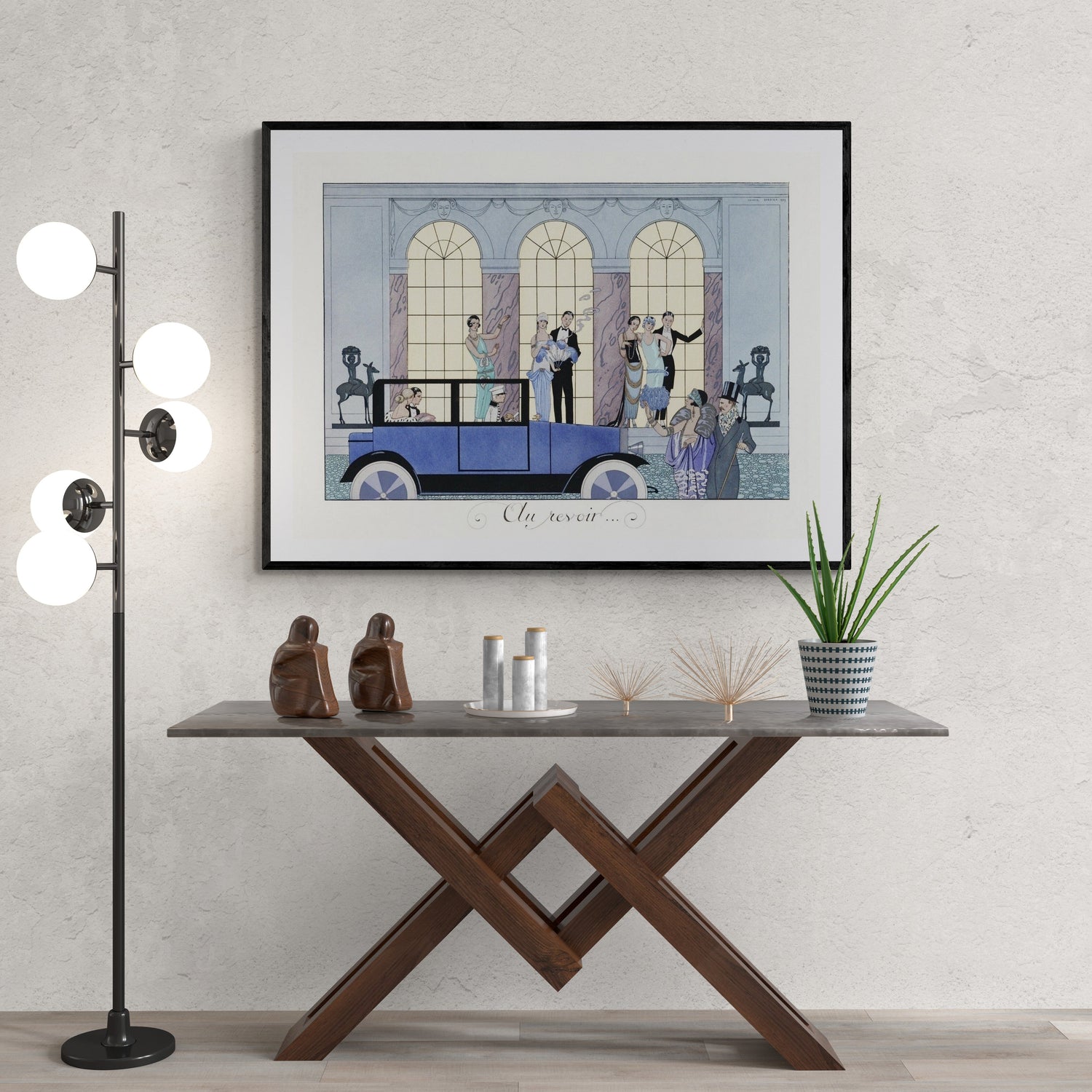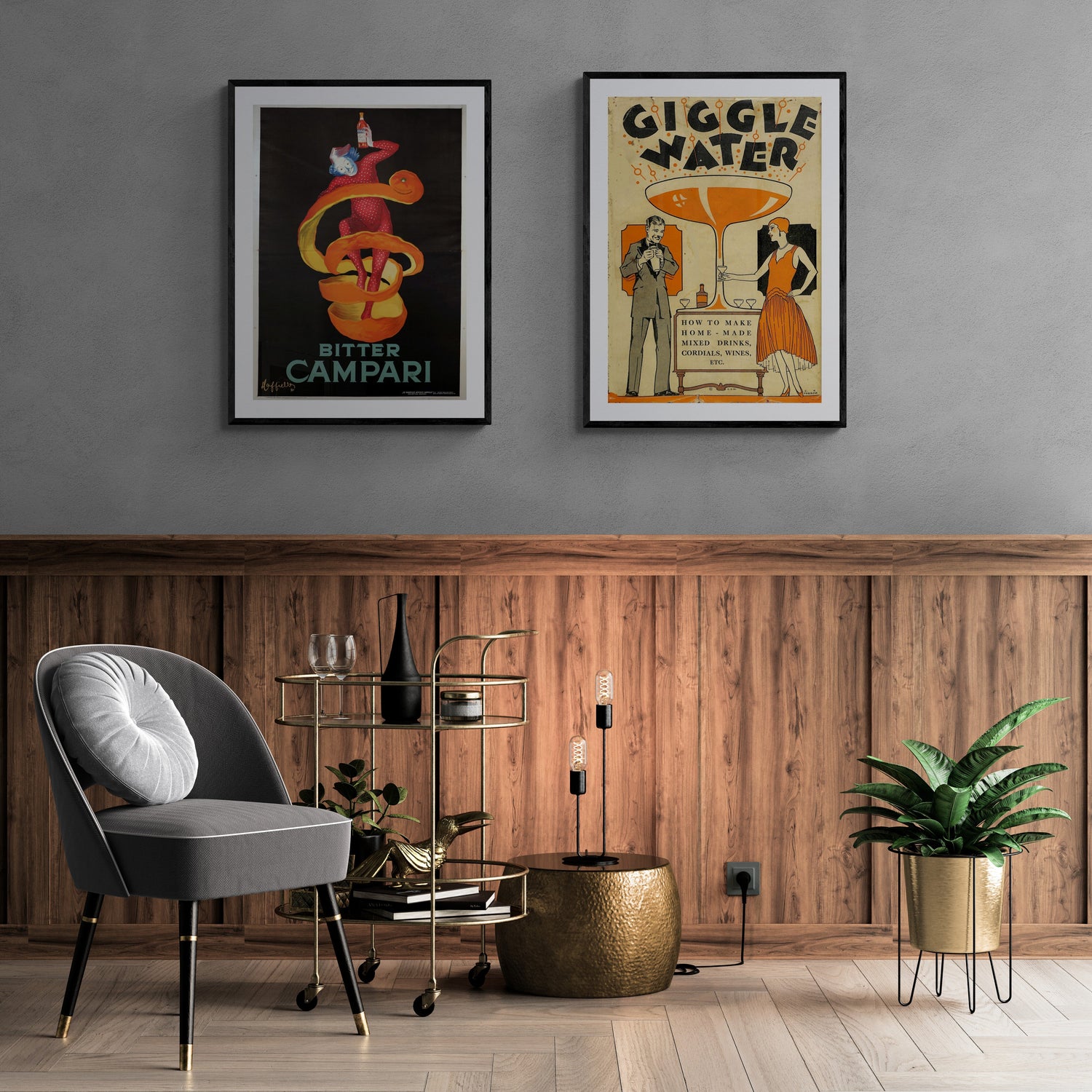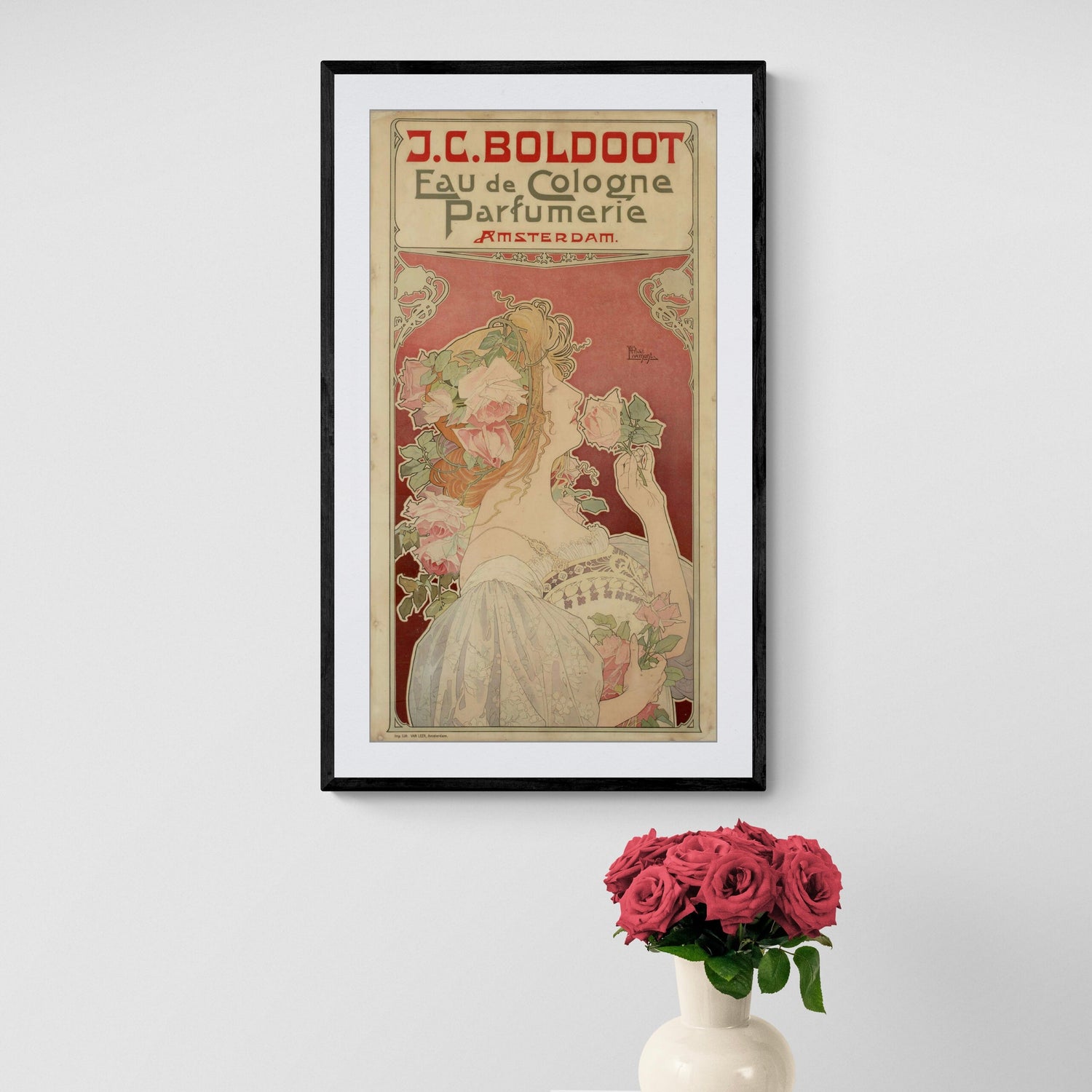A is for Abstract Art
Abstract Art is a style that does not attempt to represent an accurate depiction of visual reality. Instead, it uses shapes, colors, forms, and gestural marks to achieve its effect. Wassily Kandinsky, a Russian painter and art theorist, is widely credited with creating the first purely abstract works.
B is for Bauhaus
Bauhaus was a revolutionary German art school that combined crafts and the fine arts, and was famous for its approach to design. It operated from 1919 to 1933 and had a profound influence on art, architecture, graphic design, interior design, industrial design, and typography.
C is for Cubism
Cubism, pioneered by Pablo Picasso and Georges Braque, is a style of art that breaks up the subject and reassembles it in an abstracted form. It is characterised by its multiple viewpoints instead of the traditional single viewpoint.
D is for Dada
Dada was an art movement of the European avant-garde in the early 20th century. It began in Zurich, Switzerland, and spread to Berlin shortly thereafter. This movement primarily involved visual arts, literature, poetry, art manifestos, art theory, theatre, and graphic design.
E is for Expressionism
Expressionism is a modernist movement that presents the world from a subjective perspective, distorting it for emotional effect to evoke moods or ideas. Notable artists include Edvard Munch and Egon Schiele.
F is for Fauvism
Fauvism is a style of painting with vivid expressionistic and non-naturalistic use of color that flourished in Paris from 1905. Henri Matisse and André Derain, leaders of the movement, directly influenced the next generation of artists.
G is for Gauguin, Paul
Paul Gauguin was a French Post-Impressionist artist known for his experimental use of color and synthetist style that were distinct from Impressionism. His work was influential to the French avant-garde and many modern artists.
H is for Hopper, Edward
Edward Hopper was a prominent American realist painter and printmaker. His urban and rural scenes are iconic representations of American life during his era.
I is for Impressionism
Impressionism is a 19th-century art movement characterized by relatively small, thin, yet visible brush strokes, open composition, emphasis on accurate depiction of light in its changing qualities, and unusual visual angles.
J is for Jugendstil
Jugendstil is the German iteration of Art Nouveau, a style of art, architecture, and design that peaked in popularity at the turn of the 20th century. It's characterized by its use of long, sinuous, organic lines and was employed most often in architecture, interior design, jewelry, and glass design.
K is for Klimt, Gustav
Gustav Klimt was an Austrian symbolist painter and one of the most prominent members of the Vienna Secession movement. His primary subject was the female body, and his works are marked by a frank eroticism.
L is for Landscape Art
Landscape Art is the depiction of landscapes in art—natural scenery such as mountains, valleys, trees, rivers, and forests, especially where the main subject is a wide view.
M is for Modernism
Modernism is a philosophical movement that, along with cultural trends and changes, arose from wide-scale and far-reaching transformations in Western society during the late 19th and early 20th centuries.
N is for Neoclassicism
Neoclassicism is a Western cultural movement in the decorative and visual arts that draws inspiration from the "classical" art and culture of Ancient Greece or Ancient Rome. It's characterized by grandeur of scale, simplicity of geometric forms, Greek—especially Doric—or Roman detail, dramatic use of columns, and a preference for blank walls.
O is for Orphism
Orphism, also known as Orphic Cubism, is an offshoot of Cubism that focused on pure abstraction and bright colors, influenced by Fauvism and the theoretical writings of Paul Signac. Robert Delaunay, his wife Sonia Delaunay, and František Kupka were the main figures in this movement.
P is for Pointillism
Pointillism is a technique of painting in which small, distinct dots of color are applied in patterns to form an image. Georges Seurat and Paul Signac developed the technique in 1886, branching from Impressionism.
Q is for Quattrocento
Quattrocento, also known as the Early Renaissance, was the artistic and cultural movement in Italy during the 15th century. It saw advances in literature, architecture, art, science, and much more, setting the stage for the Renaissance.
R is for Realism
Realism is an artistic movement that began in France in the 1850s, after the 1848 Revolution. Realists rejected Romanticism, which had dominated French literature and art since the late 18th century, revolting against the exotic subject matter and exaggerated emotionalism and drama of the Romantic movement.
S is for Surrealism
Surrealism is a cultural movement that started in 1917 and is best known for its visual artworks and writings. Artists painted unnerving, illogical scenes, sometimes with photographic precision, creating strange creatures from everyday objects, and developing painting techniques that allowed the unconscious to express itself.
T is for Toulouse-Lautrec, Henri de
Henri de Toulouse-Lautrec was a French painter, printmaker, draughtsman, caricaturist, and illustrator whose immersion in the colorful and theatrical life of Paris in the late 19th century allowed him to produce a collection of enticing, elegant, and provocative images of the modern, sometimes decadent, affairs of those times.
U is for Ukiyo-e
Ukiyo-e is a genre of Japanese art which flourished from the 17th through 19th centuries. Its artists produced woodblock prints and paintings of such subjects as female beauties, kabuki actors and sumo wrestlers, scenes from history and folk tales, travel scenes and landscapes, flora and fauna, and erotica.
V is for Van Gogh, Vincent
Vincent van Gogh was a Dutch post-impressionist painter who is among the most famous and influential figures in the history of Western art. In just over a decade, he created about 2,100 artworks, including around 860 oil paintings, most of which date from the last two years of his life.
W is for Warhol, Andy
Andy Warhol was an American artist, film director, and producer who was a leading figure in the visual art movement known as pop art. His works explore the relationship between artistic expression, advertising, and celebrity culture that flourished by the 1960s.
X is for Xylography
Xylography, or woodcut, is a relief printing technique in printmaking. An artist carves an image into the surface of a block of wood—typically with gouges—leaving the printing parts level with the surface while removing the non-printing parts.
Y is for Youth
Youth in art often symbolizes innocence, potential, and the spirit of exploration. Many artists from the 1880-1940 period, such as Pierre-Auguste Renoir and Mary Cassatt, have captured the essence of youth in their works, providing a timeless appeal for home decor art prints.
Z is for Zorn, Anders
Anders Zorn was one of Sweden's foremost artists who obtained international success as a painter, sculptor, and etcher. His incisive ability to depict the individual character of his model is famous. The models were often from the Swedish countryside and the world of Swedish folklore.
This A-Z glossary of art terms provides a broad overview of a transformative period in art history. Each term and artist represents a unique style or perspective, offering a diverse range of options for home decor art prints. Whether you're a fan of Abstract Art or a lover of the works of Anders Zorn, there's a piece of art that can add a touch of historical and cultural depth to your home decor.



